
Visit our other sites
-
Fapas - Proficiency Testing
Globally recognised provider of proficiency tests, running over 400 tests annually across an extensive range of matrices and analytes
-
Great Crested Newts Testing
A single sample taken by an ecologist at any time during the newt breeding season can determine their presence or absence, saving you time and money

-
 Rhizomania soil bait test (Beet necrotic yellow vein virus - BNYVV)
Rhizomania soil bait test (Beet necrotic yellow vein virus - BNYVV)Test for the presence of Rhizomania caused by Beet necrotic yellow vein virus (BNYVV) within soil. BNYVV can cause severe damage if the infection spreads into the whole plant.
-
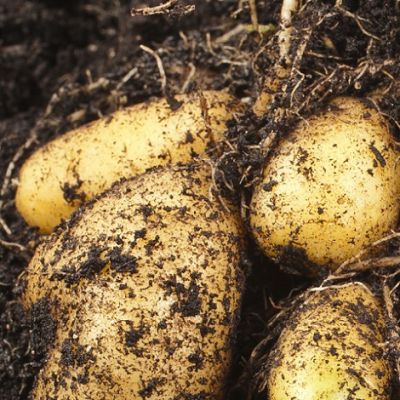 Powdery scab (Spongospora subterranea)
Powdery scab (Spongospora subterranea)Powdery scab (Spongospora subterranea) is a fungal blemish disease of potatoes. A cosmetic defect with small lesions occurring in the early stages of the disease, progressing to raised pustules containing a powdery mass.
-
 Potato wash water test - Total count of soft rotting bacteria (Pectobacterium and Dickeya spp.)An overall count of soft rotting bacteria in potato wash water.
Potato wash water test - Total count of soft rotting bacteria (Pectobacterium and Dickeya spp.)An overall count of soft rotting bacteria in potato wash water. -
 Water Bait Test - Phytophthora (except P. fragariae, P. rubi, and P. idaei) and PythiumIdentification of Phytophthora and Pythium from water. Both are parasitic fungus-like microorganisms that cause diseases such as root rot on a wide range of plant species.
Water Bait Test - Phytophthora (except P. fragariae, P. rubi, and P. idaei) and PythiumIdentification of Phytophthora and Pythium from water. Both are parasitic fungus-like microorganisms that cause diseases such as root rot on a wide range of plant species. -
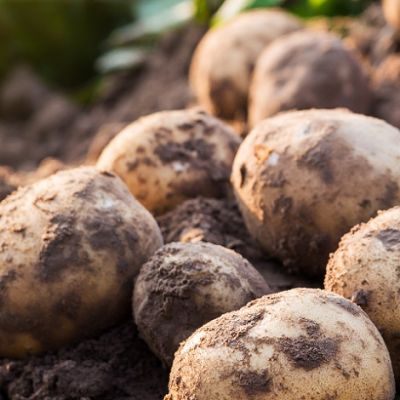 Combined Test: Powdery scab (Spongospora subterranea) and Potato mop top virus (PMTV)
Combined Test: Powdery scab (Spongospora subterranea) and Potato mop top virus (PMTV)Powdery scab (Spongospora subterranea) is a fungal blemish disease of potatoes. A cosmetic defect with small lesions occurring in the early stages of the disease, progressing to raised pustules containing a powdery mass.
-
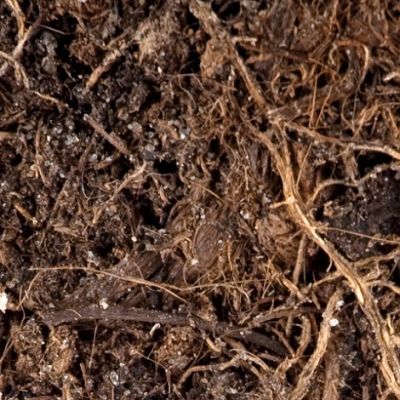 Club root (Plasmodiophora brassicae) in soil presence or absence.It is important to test soil for the presence of club root as the organism produces zoospores that remain in the soil for many years that can infect future crops.
Club root (Plasmodiophora brassicae) in soil presence or absence.It is important to test soil for the presence of club root as the organism produces zoospores that remain in the soil for many years that can infect future crops. -
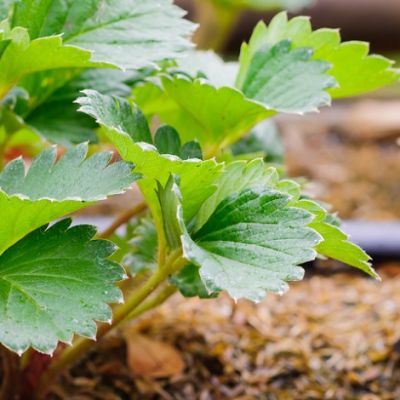 Strawberry red core (Phytophthora fragariae) in soilThis test for Strawberry Red Core (Phytophthora fragariae) in soil allows for the detection of the disease in the ground before planting.
Strawberry red core (Phytophthora fragariae) in soilThis test for Strawberry Red Core (Phytophthora fragariae) in soil allows for the detection of the disease in the ground before planting. -
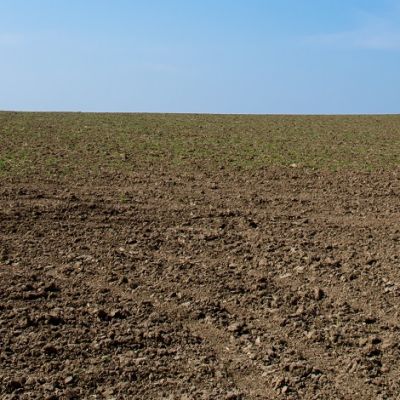 Soil Bait Tests: Phytophthora (except P. fragariae, P. Rubi, and P. idaei) and Pythium
Soil Bait Tests: Phytophthora (except P. fragariae, P. Rubi, and P. idaei) and PythiumA bait test to detect a wide range of Phytophthora (except P. rubi, and P. idaei.) and Pythium Pythium in soil. Both Phytophthora and Pythium are fungus-like organisms causing disease in a range of plants.
-
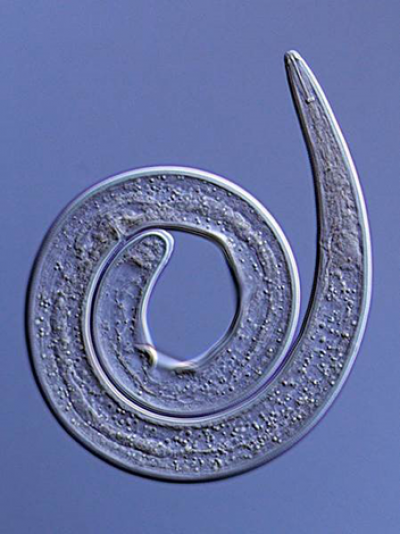 General free-living plant-parasitic nematodes from soil: Standard analysis
General free-living plant-parasitic nematodes from soil: Standard analysisA test for free-living plant-parasitic nematodes from soil including extraction, counts and identification to genus/species (including root-lesion nematodes) of any free living nematodes found within your sample. We also supply information on any pathogenic nematodes found (Plese note: virus vectors require specialist extraction methods).
-
 General free-living plant-parasitic nematodes from soil: Basic analysisOur expert nematologists will analyse your soil samples for free-living nematodes which includes the extraction, count and identification to group (including root-lesion nematodes, but with the exception of virus vectors which require specialist extraction methods). This can give you the initial analysis required to point your prevention strategies in the correct direction.
General free-living plant-parasitic nematodes from soil: Basic analysisOur expert nematologists will analyse your soil samples for free-living nematodes which includes the extraction, count and identification to group (including root-lesion nematodes, but with the exception of virus vectors which require specialist extraction methods). This can give you the initial analysis required to point your prevention strategies in the correct direction. -
 Virus-vector nematodes from soil: Needle and Dagger nematodes
Virus-vector nematodes from soil: Needle and Dagger nematodesA test for both Dagger nematodes (Xiphinema diversicaudatum) & Needle nematodes (Longidorus elongates) from soil.
-
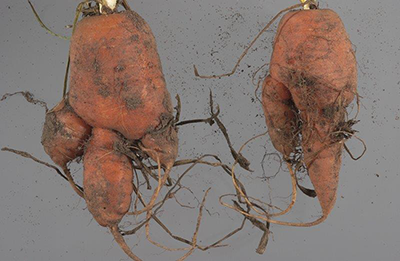 Virus-vector nematodes from soil: Stubby-Root nematodes
Virus-vector nematodes from soil: Stubby-Root nematodesA test for stubby-root nematodes such as Trichodorus or Paratrichodorus minor. Plants infected show short stunted roots and a general overall reduction in root development. These nematodes can also transmit damaging plant viruses.

Copyright © 2025 Fera Science Limited (“Fera”). All rights reserved.
For further information about how Fera uses any personal data collected from you, please see our Privacy Notice at www.fera.co.uk/privacy-policy.

